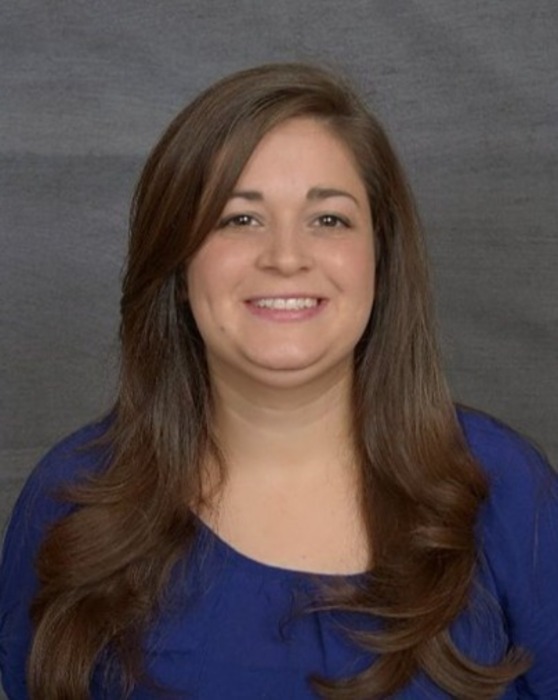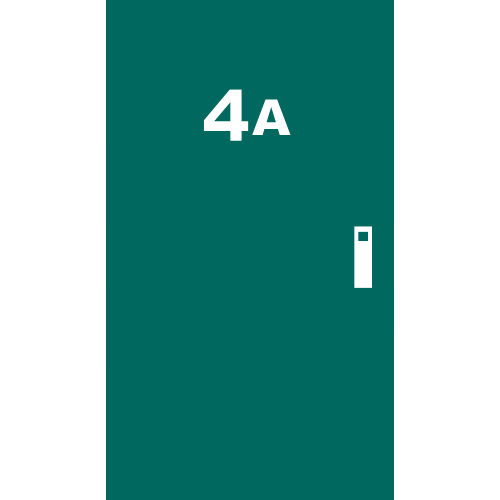This post is a part of our People of Landgrid series
highlighting how people across the US are using property data
 I'm the Urban Planning Coordinator for the Everett Station District Alliance which is a non-profit group of business and property owners in a light industrial neighborhood just east of the business district in the city of Everett, WA. The neighborhood will undergo a massive land use change over the next 20 years with the expansion of a light rail transit system to the neighborhood and regional goals to provide high density residential and employment capacity here.
I'm the Urban Planning Coordinator for the Everett Station District Alliance which is a non-profit group of business and property owners in a light industrial neighborhood just east of the business district in the city of Everett, WA. The neighborhood will undergo a massive land use change over the next 20 years with the expansion of a light rail transit system to the neighborhood and regional goals to provide high density residential and employment capacity here.
I started out as a small business owner located in the business district in my city. As the owner of a busy restaurant downtown, I could see the development around me and how it affected my business and the flow of commerce and residents. Five years ago, I decided to get directly involved in the conversation on how to shape the future of my city. I went back to school and earned a BS in urban planning and started working on planning for future growth in my city. A strong sense of community drives what I do, where I've been, and where I want to go.
I'm currently working on planning through the AmeriCorps VISTA program whose goal is to end the cycle of poverty. At the core of my planning work is ensuring that equity in housing and equitable access to employment, services and amenities are built into the infrastructure of our community. In a for-profit development world, it's not possible to mandate equitable development onto the free market. But a city can craft its infrastructure in a way that constrains growth so that it naturally forces some amount of equity. My planning efforts work toward that goal.

How I use Landgrid
I use the Landgrid tool for my research into other transit oriented neighborhoods. I draw the neighborhood boundaries on the Landgrid map then download the CSV of parcel data into an Excel spreadsheet that I can use to quickly analyze the percentage of use by type. I can also quickly see the physical size of the neighborhood in acres and number of individual property owners. The information quickly tells me what kind of neighborhood I'm looking at and provides a point of view of where that neighborhood plans to go with development. It also provides a starting point to look into who the big players are in private development in the neighborhood and who is likely shaping the future growth there.
What I like best about the Landgrid and Loveland team is how responsive they are to technical questions and issues. Any time I've needed help figuring out how to use the tools, I send an IM and I get a response within minutes walking me through what to do. It's honestly one of the best support teams I've encountered on any work tool or software I've used.

